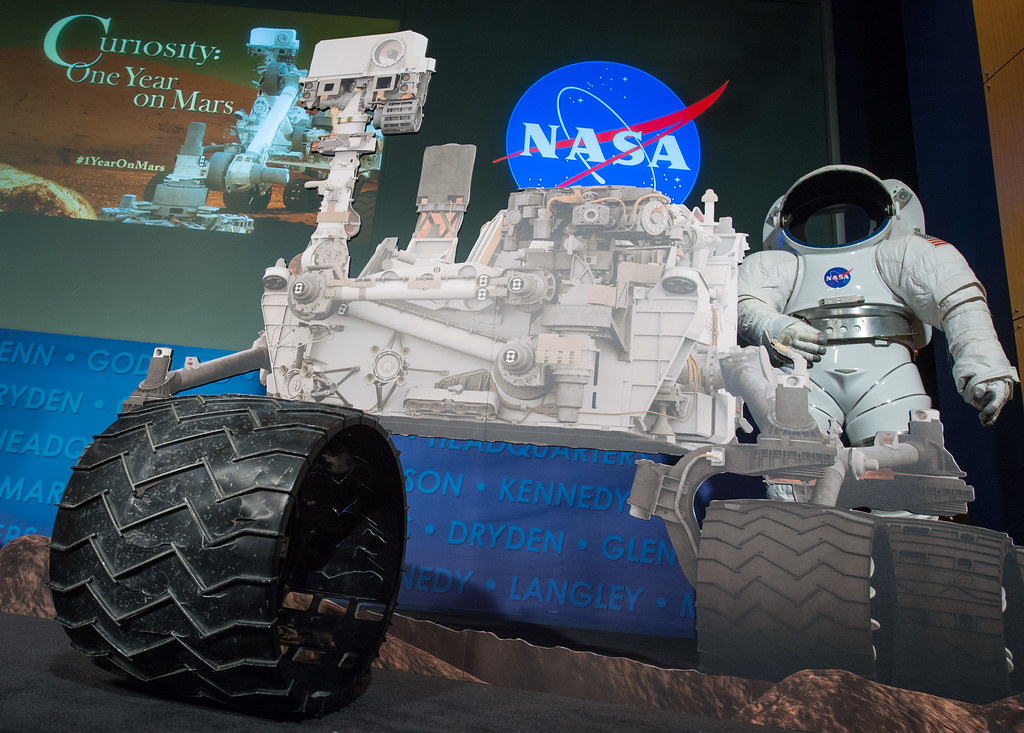When you think about government accomplishments in the past year, many of NASA's achievements get overlooked. As entertaining as constant partisan deadlock between the legislative and executive branches can be, let's not forget about our tech success! Despite the end of the space shuttle program, NASA has been steadily moving toward exploring space.
This week marks a year since NASA landed the Curiosity rover on the surface of Mars. You can check out the multiple posts that I did last year on the "7 minutes of terror" landing process here. For some new media, relive the landing with the crew in the following 4 minute video from NASA's Mars Science Laboratory (MSL) site. And yes, that is Mohawk guy (MSL systems engineer Bobak Ferdowsi) front and center.
A longer, in depth video celebration by NASA is below. It clocks in at about an hour.






